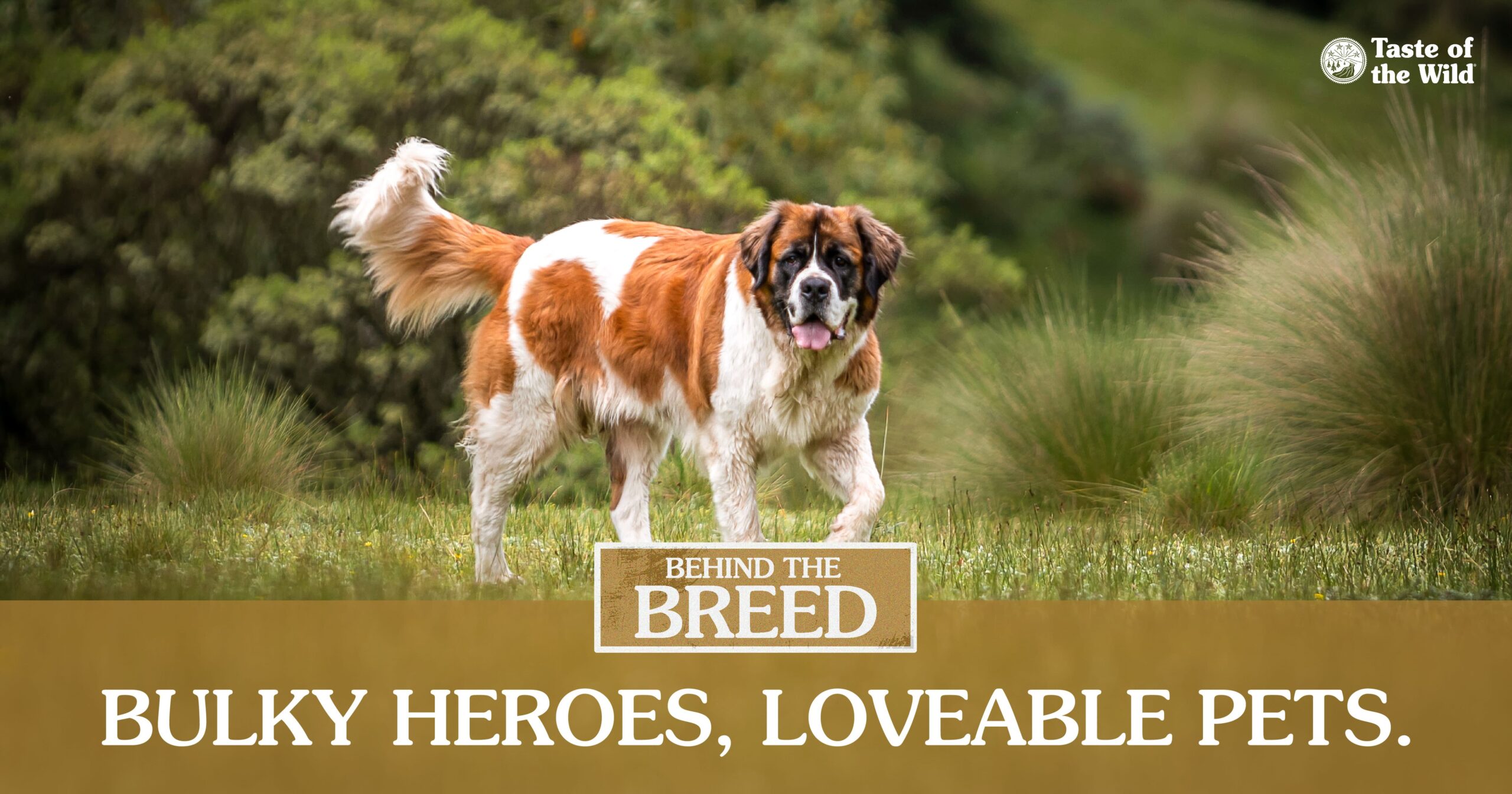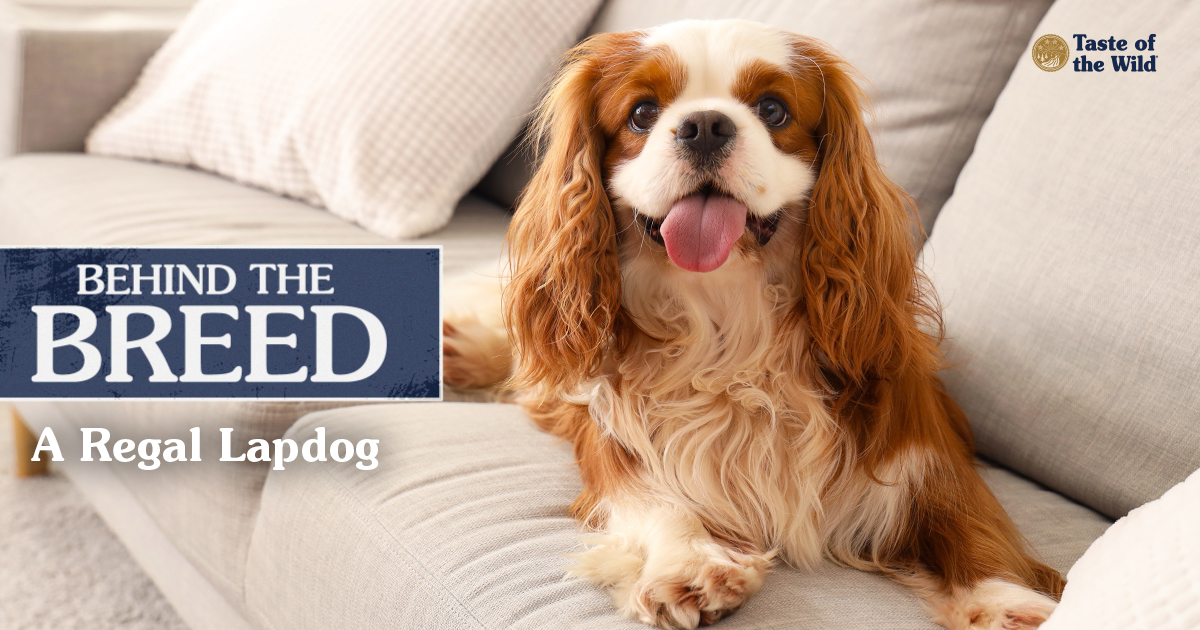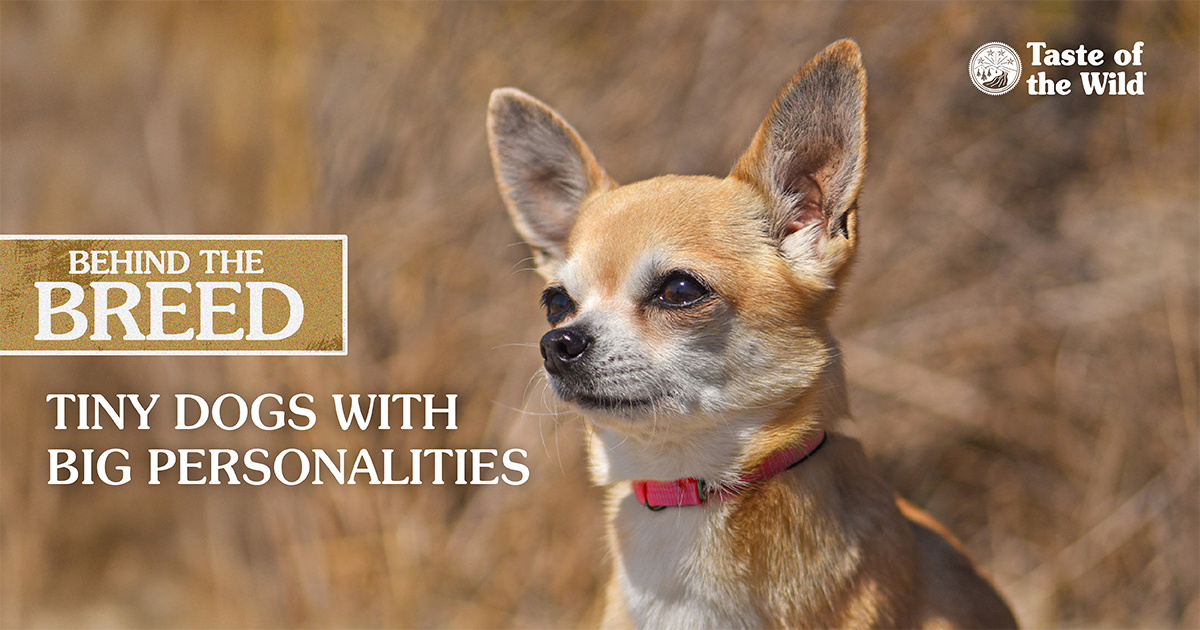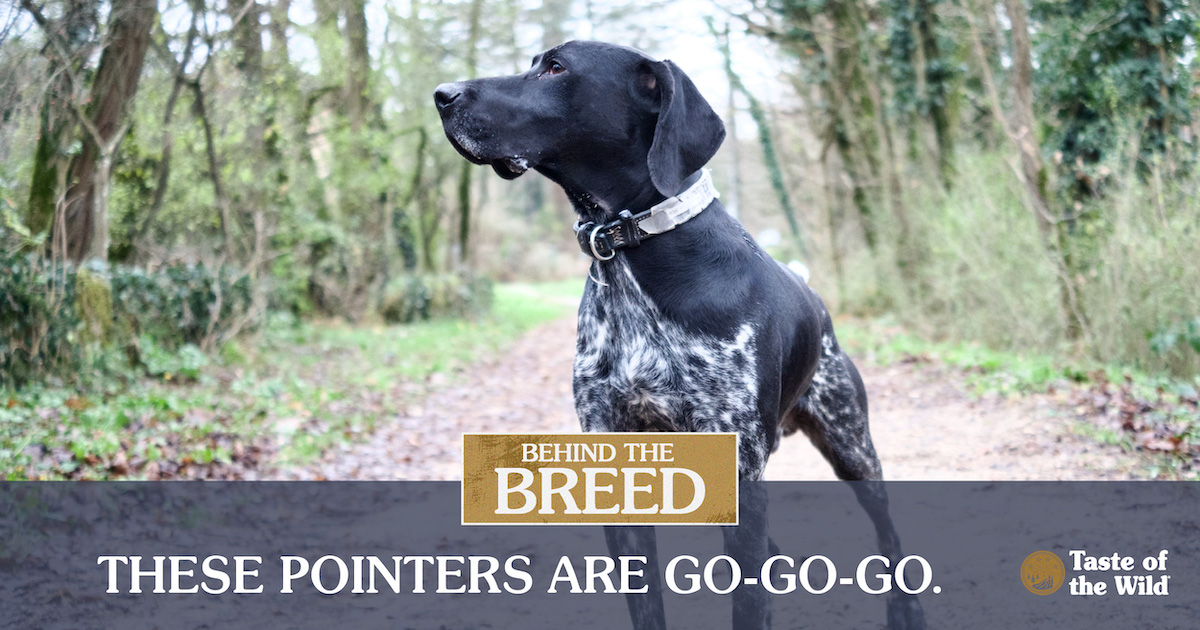Behind the Breed: Saint Bernards
Thursday, October 27, 2022 | Behind the Breed

Known for their imposing bulk but lovable personalities, Saint Bernards are celebrated for their daring rescues in the Alpine mountains. Along with their heroic adventures in the Swiss Alps, Saint Bernards are some of the most famous dogs on the silver screen. Saint Bernards played the roles of Beethoven, Cujo and Nana (from Peter Pan). That’s one talented breed!
Saint Bernard History Starts with St. Bernard
The story of the Saint Bernard dog breed began in Switzerland a long, long, long time ago in the Middle Ages. A monk named Bernard of Menthon, who later became St. Bernard (see the connection?), started a hospice for people traveling over the Alps on their way to Rome. The Great Saint Bernard Pass can still be traveled today, although only for a few months of the year.
Saint Bernards Started as Search and Rescue Dogs
Around six centuries later (no one’s sure of the exact date), monks at the hospice started using working dogs to help them while they were out finding lost travelers — and so the Alpine rescue dog was born. Those hospice dogs were the ancestors of today’s Saint Bernards, although they were all short-haired Saint Bernards until around 1830. The Saint Bernard Club of America was established in 1888.
Nowadays other breeds are used as avalanche rescue dogs, too. Agile breeds with a strong hunting drive, like Labrador retrievers, golden retrievers and German shepherds or their crosses, are commonly used. Other breeds like border collies and Australian shepherds are also trained for search and rescue work.
A Saint Bernard’s Size Can Be Intimidating
If we were to describe two obvious Saint Bernard characteristics, it would be that they’re massive dogs and massively drooly. As one of the largest dog breeds, most Saint Bernards measure 26–30 inches at the shoulder, and males can weigh up to 180 pounds as adult dogs. The American Kennel Club breed standard for the Saint Bernard lists phrases like “extraordinarily muscular,” “very powerful” and “imposing.” These muscular dogs will certainly tower over many other dogs at the dog park!
Lots of Drool and Hair, Everywhere
So. Much. Drool. A Saint Bernard owner will rarely leave the house without the drool rag to clean the loose lips and skin that hangs down from their dog’s mouth. A bandana or bib can also be a handy accessory for a Saint Bernard to catch some of that drool. If you remember that they’re the Beethoven dog breed, you’ll understand why!
Both long- and short-haired Saint Bernards shed, especially in spring and fall. Daily brushing of their coat can help keep their loose hair under control during the shedding season. With all of this hair and drool, make sure you have your household cleaning supplies handy!
Saint Bernard Pups Need the Right Nutrition
Like other dogs in the large breed category, a Saint Bernard puppy needs appropriate nutrient levels to fuel their larger growing bodies. Rapid growth isn’t healthy for the bones and joints of large breeds, and extra body weight can stress their immature and growing skeleton.
If Saint Bernard puppies are overfed and don’t maintain a healthy weight, they could be at an increased risk for developmental orthopedic conditions, like hip dysplasia. To help avoid these issues, look for a puppy food that’s complete and balanced to promote a steady, healthy growth rate.
Watch Out for Large Breed Health Problems
Saint Bernards are large and deep-chested dogs, which means they are at a greater risk for bloat or gastric dilatation-volvulus (GDV), which is a life-threatening condition. GDV occurs when the stomach becomes gas-filled, distended and twisted on itself, resulting in an obstruction.
Hip dysplasia can occur in older dogs and may require surgery. Saint Bernards are also at risk of developing entropion, which is when the eyelid rolls inward toward the eye. Taking your Saint Bernard for regular veterinary checkups can help prevent potential medical issues or catch them early.
A Giant Breed with a Giant Amount of Love to Give
These large dogs can be intimidating, but the Saint Bernard temperament is second to none. It’s why Saint Bernards make such great family dogs!
While socialization, puppy training classes and obedience training are recommended so that they don’t develop bad habits, the inherent personalities of Saint Bernards make them lovable giants. They’re gentle with children; however, their size could cause them to accidentally knock over small children. So watch them around young children — especially that giant tail!
Is the Saint Bernard Dog Breed for You?
If you don’t mind getting slobbered on and you enjoy cuddles with a giant ball of love, the Saint Bernard could be the perfect breed for you. They don’t require as much exercise as you would expect from such a large dog, and they love to hang out with their family!
The information in this blog has been developed with our veterinarian and is designed to help educate pet parents. If you have questions or concerns about your pet’s health or nutrition, please talk with your veterinarian.




